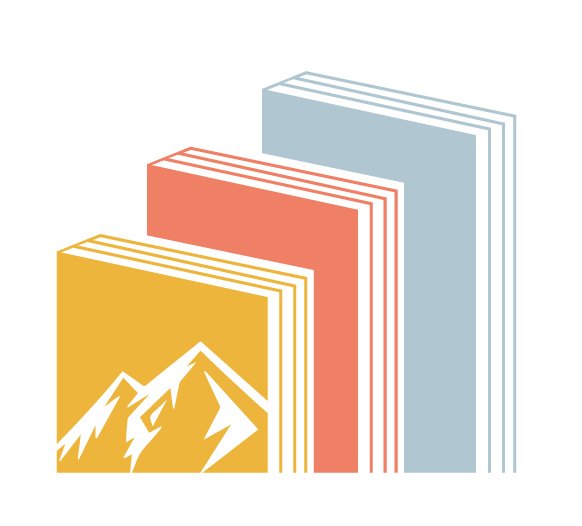Queer: A Graphic History
Summary:
Activist-academic Meg-John Barker and cartoonist Julia Scheele illuminate the histories of queer thought and LGBTQ+ action in this groundbreaking non-fiction graphic novel.
From identity politics and gender roles to privilege and exclusion, “Queer” explores how we came to view sex, gender and sexuality in the ways that we do; how these ideas get tangled up with our culture and our understanding of biology, psychology and sexology; and how these views have been disputed and challenged.
Along the way we look at key landmarks which shift our perspective of what’s ‘normal’ – Alfred Kinsey’s view of sexuality as a spectrum, Judith Butler’s view of gendered behaviour as a performance, the play “Wicked”, or moments in “Casino Royale” when we’re invited to view James Bond with the kind of desiring gaze usually directed at female bodies in mainstream media. Presented in a brilliantly engaging and witty style, this is a unique portrait of the universe of queer thinking. (Summary and cover courtesy of goodreads.com)
Review:
Now, I fully own here that as cisgender and heteronormative that my perspective may be quite different than others upon reading this book. That being said, I picked it up because I wanted to learn more about (at least one perspective on) the history of Queer theory and a graphic novel format seemed appealing. First of all, I definitely learned a lot because I didn’t know much about the history of gender studies and how far back they went. Second, I liked reading diverse perspectives on these studies and it seems that Barker strived to be inclusive and also accessible to someone with little academic background to the subjects.
The graphic novel tag is a little misleading as the book is more of a heavily illustrated academic read. That’s fine and probably even necessary. I just didn’t quite realize what I was getting into. I also think there were some portions of the book that are pretty dry and require sufficient motivation to work through. This was an educational read that I would highly recommend – just, as a reader, be aware that you’re picking up something for learning as opposed to a traditional graphic novel. I also recommend as a reader to approach this as part of a broader educational series rather than taking the book as gospel. As in anything, people have very different perspectives on this topic!
Rating: 3 stars!
Who should read it? People who want to learn a little more about LGBT history and theory.


